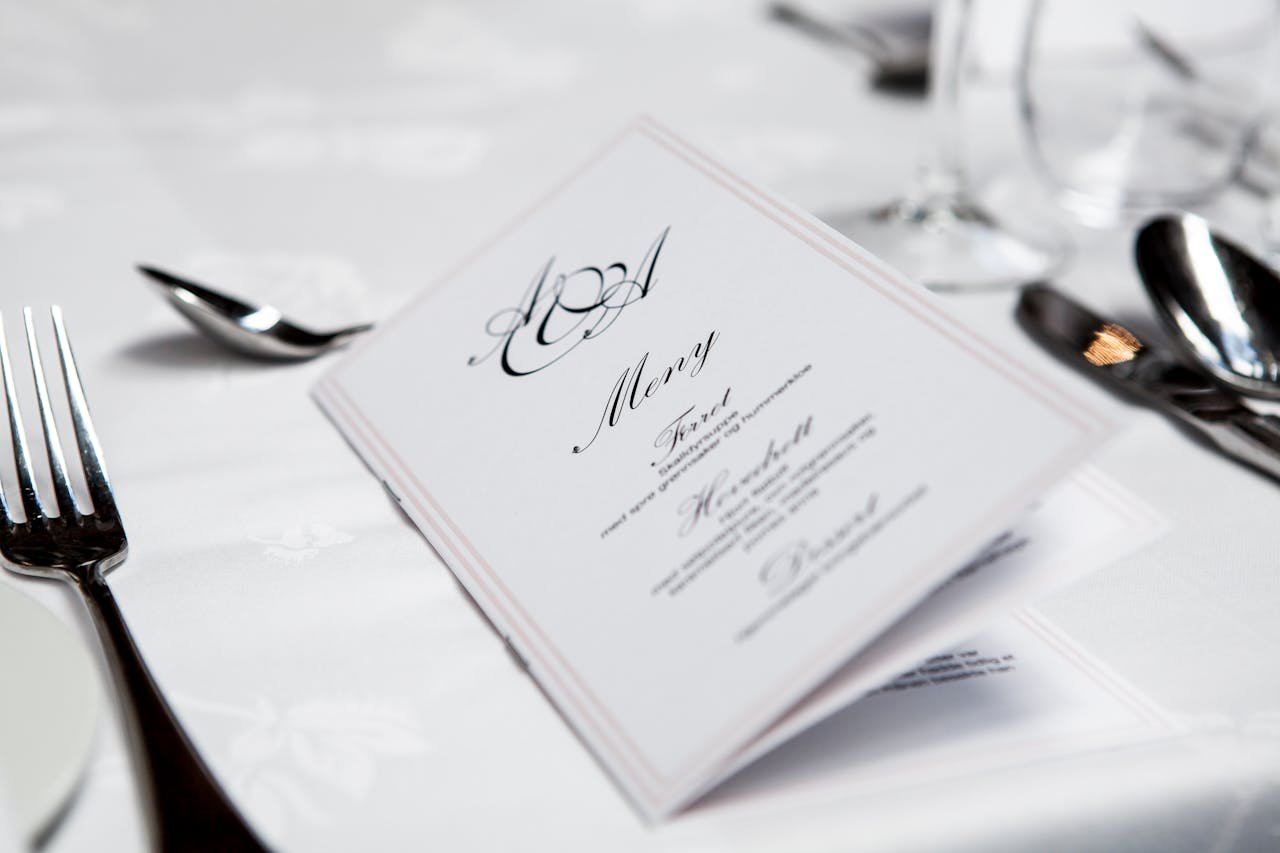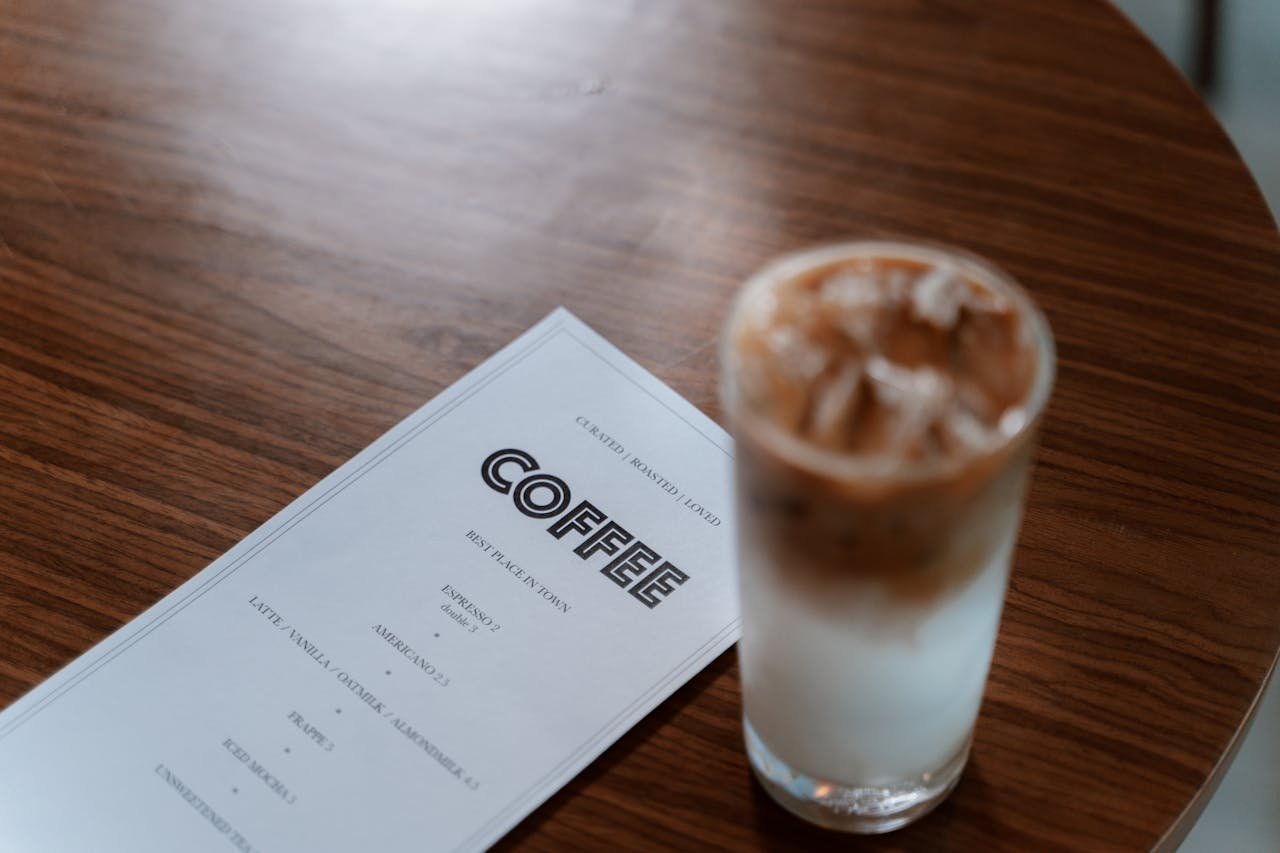Menus are one of the most underrated tools in the food business. It’s easy to think they’re just there to list down what you offer — but in reality, a menu does a lot more. It represents your brand, guides customer choices, and even helps increase your profits if done right.
Think about it: before a customer tastes your food, they’re already forming opinions by reading your menu. Is it clean? Is it clear? Does it reflect the feel of your café, cloud kitchen, or home-based brand? Whether you’re serving nasi lemak, artisan coffee, or fusion pastas, your menu sets the tone — and it’s something worth designing with intention.
First Impressions Start Here
Before your food reaches the table, your menu speaks for you. From the design to the layout, it gives customers a sense of what kind of experience they’re about to have. A printed menu with elegant fonts on textured paper instantly says “premium.” A playful digital menu with colourful icons can feel casual and fun. The format, tone, and visuals should always match your brand identity.
In today’s digital age, even online menus need to look polished. For delivery-focused businesses, a clear and easy-to-navigate menu can prevent order mistakes and build customer trust. And when menus are too cluttered, inconsistent, or hard to read, customers may feel overwhelmed or confused — leading to less confident orders, or worse, decision fatigue.
In short, your menu is your silent brand ambassador.
Menu Structure Influences What Customers Order
Good design is not just about making your menu look nice — it’s about guiding attention in the right places. Most people don’t read menus top to bottom. They scan. That’s why high-performing restaurants place their best-sellers or high-margin items in areas where eyes naturally land — like the top-right section or centre zone.
Using boxes, highlights, or chef’s picks can help steer attention too. Grouping items in a logical flow (e.g., starters, mains, drinks) improves the customer experience. Pricing matters as well — not just how much things cost, but how prices are shown. For example, placing all prices in a straight line can lead to price comparison. Removing currency symbols or using round numbers can subtly reduce price resistance.
It’s all about psychology — using simple tricks to encourage the right orders, while still being honest and transparent.
Designing for Readability and Brand Connection
Whether it’s a fancy restaurant or a home-based baker with a laminated menu, clarity is key. A great menu avoids clutter. Use enough spacing between items, keep descriptions short but helpful, and choose fonts that are easy to read — especially for customers browsing on phones or under dim lighting.
It also helps to sprinkle a bit of personality. If your brand tone is fun, use playful names or cheeky descriptions. If your brand is health-conscious, highlight ingredients or icons that communicate clean eating. Don’t be afraid to express what makes your menu yours.
Lastly, consistency is crucial. Your menu should match your visuals, your packaging, and even your social media style. It creates a smooth, unified customer journey — from ordering to eating.
Closing Thoughts
In the food world, your menu is more than a list — it’s a tool for connection, conversion, and credibility. When done right, it helps you stand out, sell smarter, and serve better. Whether you’re printing it for tables or sending it via WhatsApp, put in the same care as you would for your food — your customers will notice.



